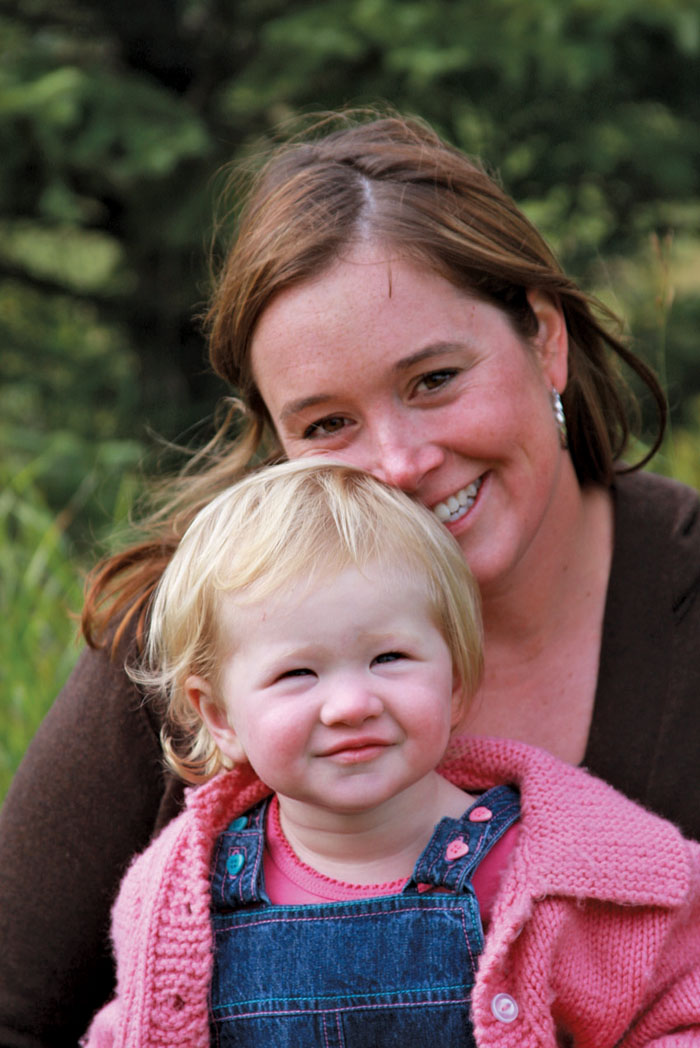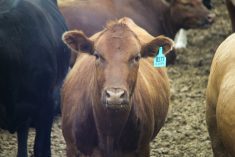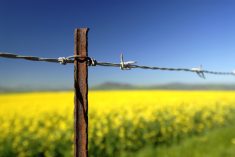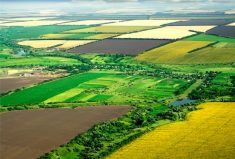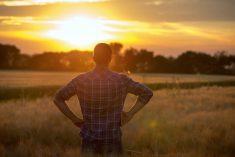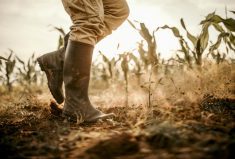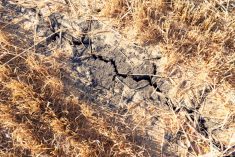My husband John and I have always been drawn to the land. He is a third-generation rancher here in Canada; I grew up on my parents’ small mixed farm. I am a microbiologist by trade and a rancher by inclination.
John and I possess a strong land ethic as well as a keen ecological awareness; as stewards of the land we manage our business to ensure a viable livelihood for future generations. It is a model of thinking we follow that influences our daily decisions working with our family. We value long-term sustainability within our industry and approach our livelihood with a balance between preserving tradition, maintaining a pioneering spirit, recognizing innovation and embracing change.
Read Also
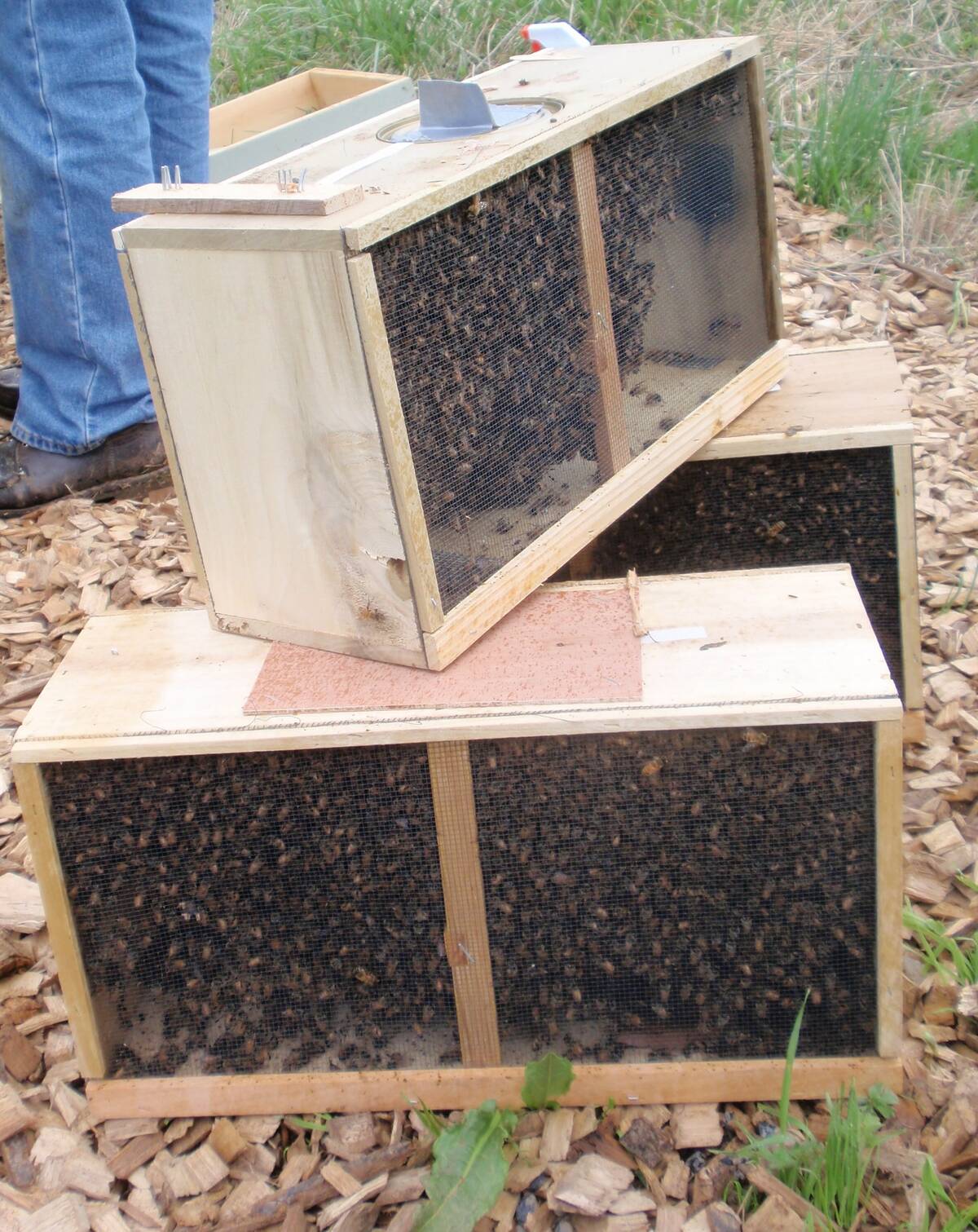
Canadian beekeepers call for regulatory accountability
Beekeepers say the Canadian Food Inspection Agency should restore U.S. packaged bee shipments, claiming the agency isn’t following evidence.
Family farming is a way of life for us. As a family that invests their life’s energy into the raising of livestock for food; we understand the fundamentals of livestock ecology: the science of the interrelation between the animal and its total environment. Wearing many hats, we are the shepherds, the stockmen, the ranchers, the landowners, who tend these animals and the land we sustain on. We realize the utmost importance in maintaining a sustainable system where optimum production is achieved while maintaining long-term ecological management of the land.
- More from the Alberta Farmer Express: Farmers know the true cost of producing real food
In a single given day we can experience the raw beauty as well as the tragic power of nature just as the weather changes. It is a living where our very existence is so deeply intertwined with our surroundings.
We are also parents with small children, making a home, providing for our dependent little ones. We want to cultivate the passion in our kids. We want to nurture their talents and share the joys that our way of life brings. It is more than just performance and economics; it is creating and sustaining that environment that will ensure a lasting legacy.
To be sustainable we look at the triple bottom line, the people, the land and the profitability of the business. We approach our livelihood with a sense of passion and respect, with goals to produce safe food sources for people, livestock and wildlife. Our vision strives with emphasis of key principles; innovation, integrity, respect, collaboration, doing our best, and always learning. Sustainable grazing systems start with ecological soil management practices which replenish and maintain soil fertility, the foundation of agriculture on the Prairies. We approach land stewardship by applying principles of grazing management and ecology that result in healthy ecosystems as well as a profitable business.
A good indication of sustainable rangeland management is the biodiversity or range of natural organisms the ranch has. Biodiversity is essential to healthy ecosystems. As families that have a vested interest in their way of life, and a deep love and respect for the land that we live on, we realize the responsibility we carry to ensure biodiversity is maintained. Increased biodiversity in rangelands increases many essential functions such as drought mitigation, improving water quality and quantity, and ensuring critical habitat for sensitive species. It is right for us when we can preserve the integrity, stability and beauty of our natural environment.
Realizing there are more unknowns than knowns in science and agriculture, and that simple observations on the family farm, at most times, teach us more about ecological relationships than the most sophisticated research yet developed, it is key to realize that family farms are always in a state of continuous action, interaction and reaction between the animals, the people and the landscape.
We dance with Mother Nature every day, starting from a young age, learning how to tend the land and animals and by adulthood have developed the skills and mindset to ensure the legacy lives on.
The above article was originally published in the Oct. 27, 2014 edition of Alberta Farmer Express
Feeding the World, Caring for the Earth
To celebrate World Food Day on Oct. 16, the UN’s Food and Agriculture Organization invited farmers, ranchers, politicians, and experts to submit essays on its 2014 theme: Family Farming: Feeding the World, Caring for the Earth.
Contributors ranged from the well-known (Agriculture Minister Gerry Ritz, his U.S. counterpart Tom Vilsack, and Willie Nelson) to farmers from Nicaragua, Mexico, India and Ethiopia.
Among the four dozen contributors were two Alberta producers — Vicky Horn and Kelsey Beasley.
All of the essays can be found at worldfooddayusa.org

